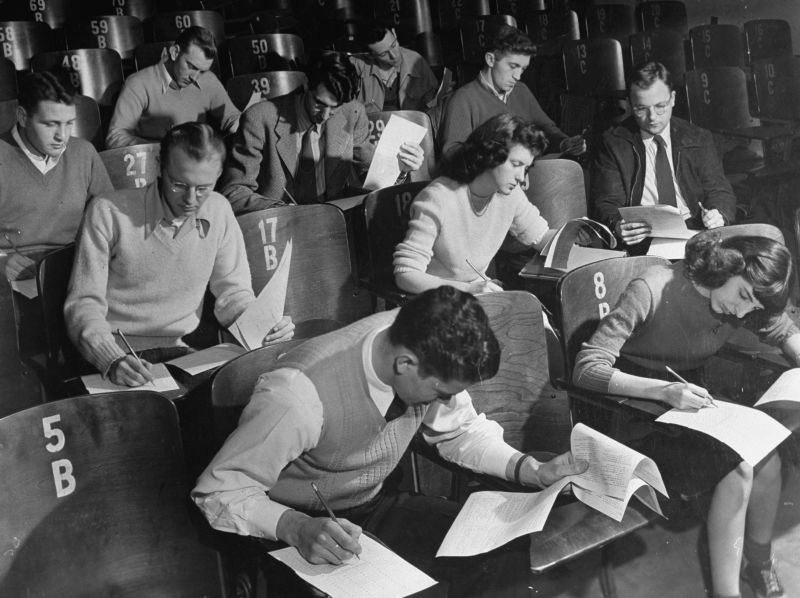Introduction:
The General Educational Development (GED)
test, established in 1947, has played a pivotal role in providing enlisted
veterans without a high school diploma an alternative path to access higher
education and the workforce. Created in response to the educational needs of
World War II veterans utilizing the GI Bill, the GED test has since evolved
to become a valuable educational tool for individuals seeking a second
chance at a high school equivalency credential.
The GED Test's Origins and Purpose:
In the aftermath of
World War II, the United States faced the challenge of reintegrating
millions of returning veterans into civilian life. Many of these veterans
lacked a high school diploma, which was often a prerequisite for higher
education and employment opportunities. To address this issue, the American
Council on Education (ACE) conceptualized the GED test as a means to provide
these veterans with a pathway to achieve educational and career goals.
1947: Inception of the GED Test:
The GED test was
officially introduced in 1947, with the primary goal of assessing and
certifying the educational attainment of veterans who had left high school
to serve their country. This high school equivalency exam aimed to ensure
that veterans could access the benefits of the GI Bill, which included
financial assistance for college tuition and vocational training.
The GED Test's Evolution:
Over the decades, the GED test
underwent several revisions and updates to align with changing educational
standards and the evolving needs of test-takers. These revisions included
shifts in content, format, and scoring criteria to ensure the test's
continued relevance and effectiveness.
1963: Expanding Access:
Recognizing the value of the GED
test beyond veterans, its availability was extended to the general public in
1963. This marked a significant milestone in making high school equivalency
attainable for a broader range of individuals, not just veterans.
The 21st Century: Computer-Based Testing:
In response to
advancements in technology and educational practices, the GED test
transitioned to computer-based testing in the early 21st century. This
transition allowed for greater accessibility, flexibility, and efficient
scoring, making the test more accessible to test-takers nationwide.
Today's GED Test:
The modern GED test assesses a wide range
of skills, including literacy, mathematics, science, and social studies. It
is designed to ensure that individuals who pass possess the knowledge and
skills equivalent to a high school graduate, enabling them to pursue higher
education or secure employment opportunities that require a high school
diploma.
Impact and Significance:
Since its inception, the GED test
has positively impacted the lives of millions of individuals who lacked a
traditional high school diploma. It has served as a stepping stone to higher
education, better job prospects, and improved personal and economic
well-being. Additionally, the GED program has contributed significantly to
reducing educational disparities in the United States.
Conclusion:
The history of the GED test is intertwined with
the pursuit of educational opportunities for veterans and non-veterans
alike. From its origins as a means to assist enlisted veterans in utilizing
the GI Bill to its current role as a high-stakes, computer-based exam, the
GED test continues to empower individuals to achieve their educational and
career goals. This enduring commitment to providing a second chance at
education highlights the test's enduring legacy in American society.



